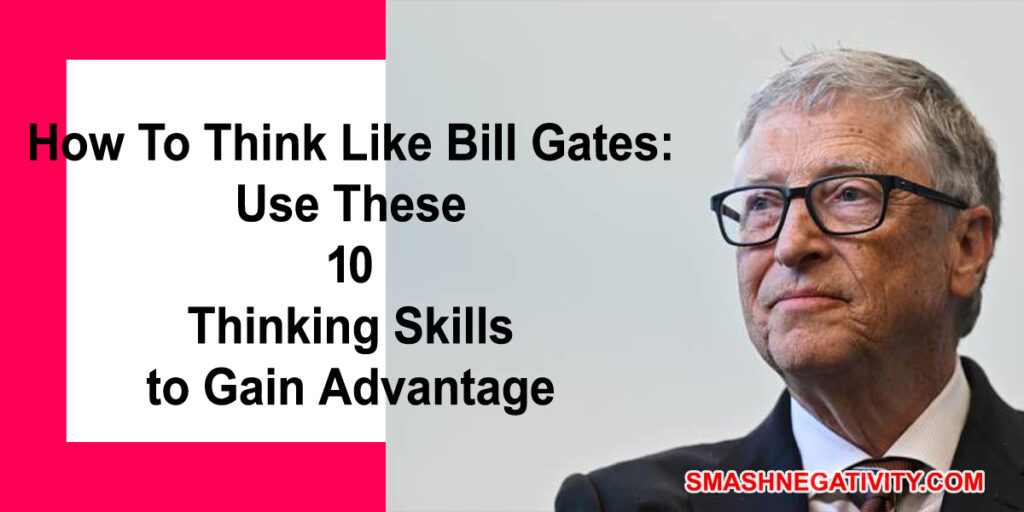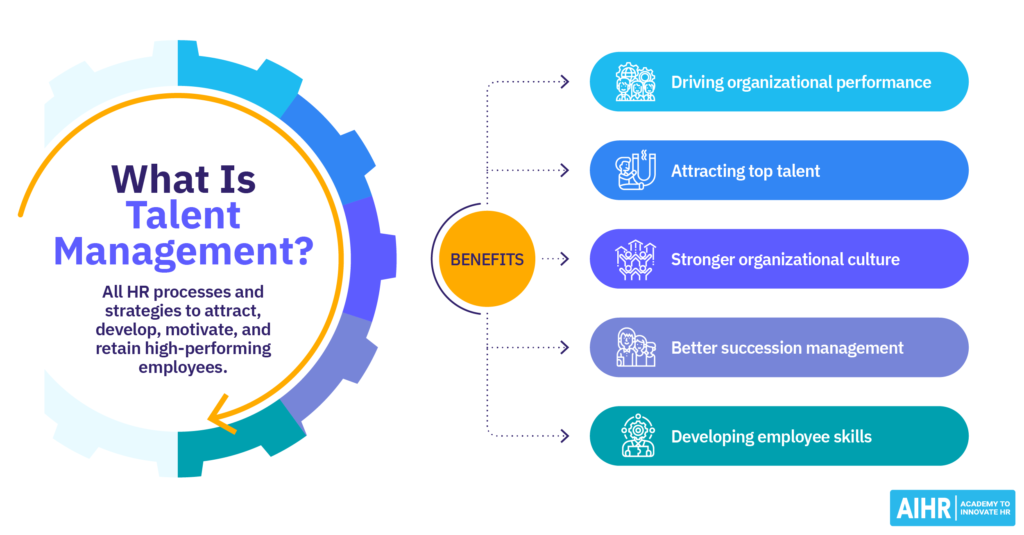“Success is a bad teacher. It tricks intelligent people into believing they can’t lose.” Bill Gates. Over the years, I’ve questioned numerous employees, searched the internet, and read books about how to think like Bill Gates.
I’ve asked everyone, from his writers to those who have prior knowledge about him.
I was always fascinated by how someone of that quality used their intelligence and skills to solve difficulties.
How does Bill Gates think differently? Bill Gates sees and thinks differently than most people. He has an incredible capacity to identify problems, spot opportunities, and connect the dots.
He may zoom in on specific features or out to see the big picture. He can travel back in time or fast-forward to the future. Furthermore, he can also prioritize the merits of an idea or invention over the business case.
How to Think Like Bill Gates’ Thinking Skills to Gain an Advantage.
Chances are, you may profit from Bill’s thinking abilities, even if it only means obtaining a fresh viewpoint on your difficulties.
Whether you’re attempting to change the world or just want to give it your all, having access to the thoughts of a billionaire and one of the world’s most influential philanthropists can’t hurt.
While I do not believe Bill will lend you his brain, you may do the next best thing. You can put some of these thought patterns and activities to the test.
Here are ten thinking patterns to help you get started:
1. Think strategically.

Strategy directs your actions. You can think strategically along several paths. Consider the essence of your work (mission, vision, values, and goals).
Consider conducting internal analysis (strengths and weaknesses, resources and capabilities, and benchmarking).
Consider conducting external analysis (competition analysis, opportunities and dangers, and industry circumstances).
Consider the organization’s design (structure, controls, incentives, culture, and people).
Consider implementation (roles, responsibilities, resources, action plans, measurement, and accountability).
Consider functional strategies (marketing and sales, operations, human resources, and research and development).
Consider strategic options (corporate and company strategy).
2. Ask wiser questions.

To get better answers, ask better questions. Rather than being caught on a single line of questioning, such as “What’s wrong with this?” or “What’s right with this?” you can delve further into your thinking by asking a variety of questions.
In this method, there are seven types of exact questions:
- Go / NoGo Do we need to talk about this?
- Clarification: What do you mean?
- Assumptions: What are we assuming?
- Basic Critical Question: How do we know this is true?
- Causes: What’s causing this?
- Effects: What will be the effects?
- Action: What should be done?
3. Gather perspectives on the situation.

This involves being able to change your perspective. Rather than seeing the glass as half-full or half-empty, consider both possibilities.
Challenge yourself to flip between spotting defects and finding opportunities. If you just know how to play the devil’s advocate, you have a restricted perspective.
You should be able to approach the subject from various perspectives, much like a multifaceted diamond. This also entails being able to bring in experts and hear other people’s perspectives on the issue.
4. Divorce your ego.

This is when you detach yourself from the issue. This also means isolating oneself from the answer. Instead, you grasp the problem or solution in your hands and inspect it from several angles. Rather than focusing on whether you’re right, consider whether the solution is correct. It’s about being able to criticize the thinking without taking it personally.
5. Define the problem.

Framing a problem is just how you look at it, much as you would frame a painting.
It’s about choosing what to focus on—what’s in and out. When you frame a problem, you constrain it.
Framing also helps you gain a better perspective on the problem and communicate it more effectively with others.
Here are some questions to help you frame a problem:
- Who’s the customer?
- What are their needs and priorities?
- What’s happening in the market?
- What are competitors doing?
- What are our options for responding?
- How do we differentiate?
- How is technology evolving, and what opportunities does it provide our customers?
- What are the business priorities?
MORE STORIES
- 5 Best Motivational Short Stories About Personal Growth, Mindset, and Productivity
- Top 20 Thursday Motivational Quotes
- 9 things highly-accomplished people do when they wake up each morning
- 135+ Good Morning Messages & Quotes for Love, Friends, Family, Boss and Every Important Person in your Life
6. Make data-driven decisions.

This is one of the most difficult switches to make. Most people make emotional decisions first, followed by data to back up their decision.
This entails asking questions such as, “What does the data say?” This entails gathering information before making a choice. This includes examining the data sources.
It is a difficult exercise in emotional intelligence to pause your emotional response while you evaluate your logic and critical thinking.
7. Problem-solving is a team sport.

It is also about exploiting clever people who lack topical expertise. For example, you may take a development manager from consumer devices and transition him or her into commercial or business applications.
8. Develop a model for the problem.

By abstracting the problem into a model, you may think about it in a more simplified manner, free of implementation specifics.
Bill Gates’ favorite tool is his whiteboard. A whiteboard allows you to easily draw down and visualize ideas. A whiteboard can be useful for mapping out problems or drawing solutions. Remember what George Box told us: “All models are wrong, but some are useful.”
9. Think about the situation over time.

It’s simple to view the situation as a static snapshot. The difficulty is working out the problem or your solution over time. Its appearance can alter considerably over time. Consider the impact of trends. Also, consider sustainability. Some things appear to be good for a short period and then degrade when given time. Sometimes, time is on your side. You might find that there are greater opportunities.
10. Think of the system and the ecosystem.

Bill Gates possesses an engineering mentality. He understands the problem as a system. To map out the system, ask yourself questions such as: What are the bits and pieces? How does this work?
… How do the various elements function together? … What is the flow through the system? … What are the inputs and outputs?
After you’ve mastered the system, consider the ecosystem, or system of systems.




